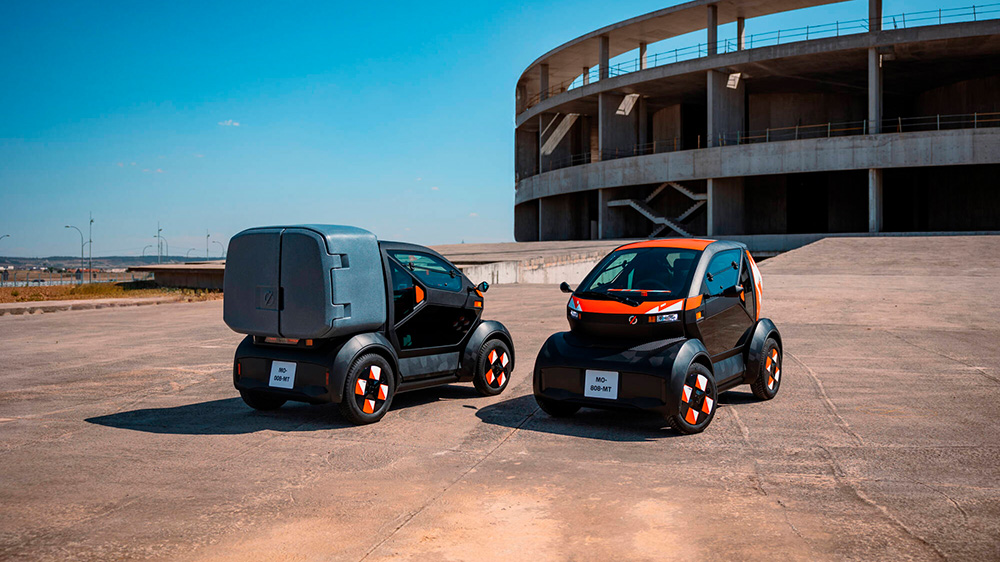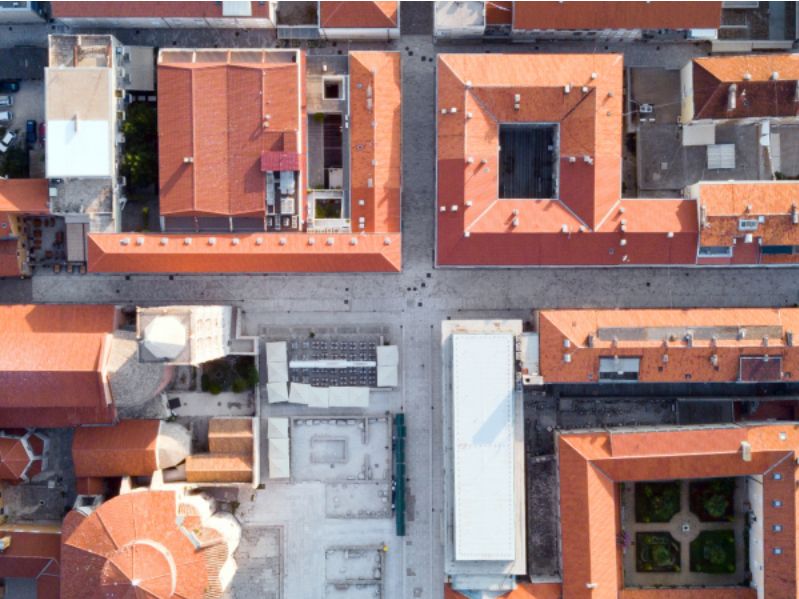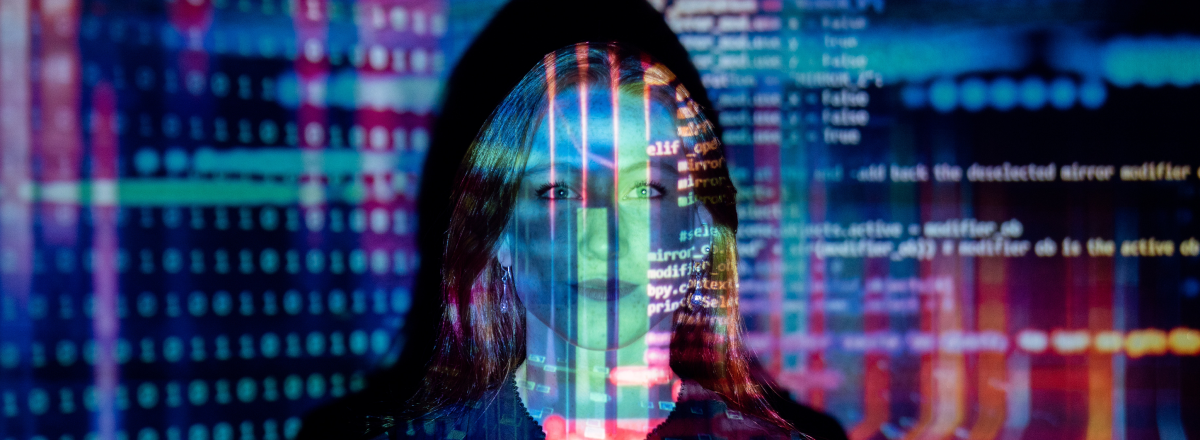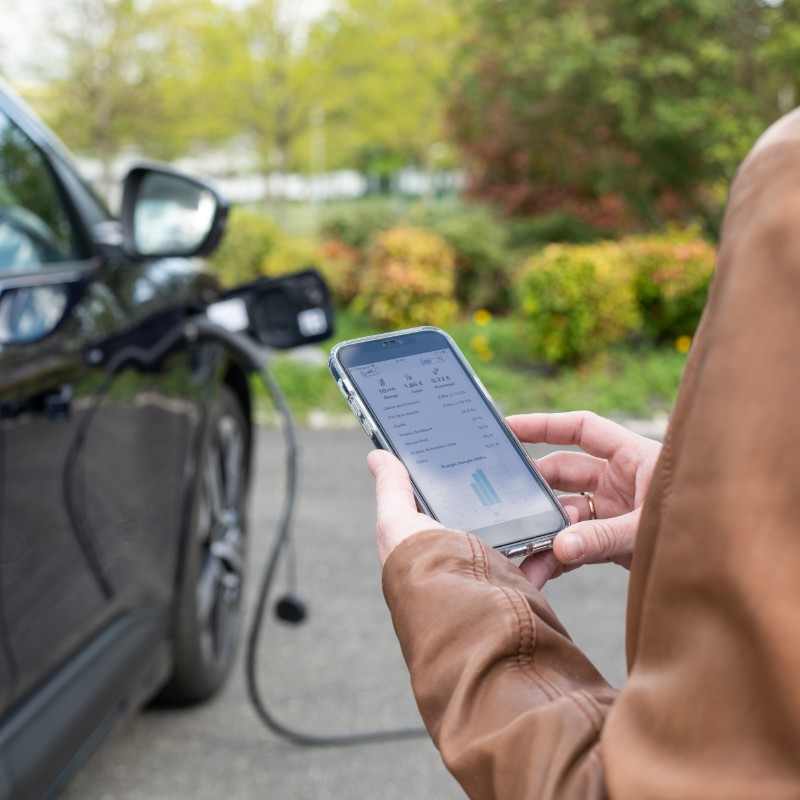“With bi-directional charging, the car will be an integral part of the power grid. It will store renewable energies surpluses and send it back into the grid when consumers need it most.”
You’re developing the smart charging device that notably equips the Renault Zoe and Megane E-TECH Electric. How does it work?
First, let me tell you that smart charging is hardly science fiction; it is here today. Many of our customers are already using it: with the Mobilize Smart Charge app accessible to all Zoe users in the Netherlands, in France and in Belgium. Since the arrival of the 100% electric Megane E-TECH this year, thousands of customers have been using Mobilize Smart Charge. They benefit from the most attractive off-peak tariffs, are likely to receive cashback, i.e. to be paid for using the application, and help the electricity network to pass peak demand more easily.
Smart charging is recharging your electric vehicle battery at the right time thanks to your car’s connectivity. This means triggering a charge cycle to avoid stress on the electricity grid, to promote the use of renewable energies and to enable everyone to better use their own solar production. In other words, charging becomes flexible and involves the electric car in balancing supply and demand on the electricity grid.
Why is it important for the power grid to be balanced? And what is the interest for the user at the time of recharging his/her Renault Zoe for example.
The energy sector is facing two trends: on the one hand, an increase in electricity demand with the rise of electric transport, and on the other hand, the development of renewable, intermittent, scattered energies, which are much more difficult to control than conventional channels (nuclear, hydraulic or gas). As a result, managers of electric grids are faced with a higher demand and more fluctuating electricity production. However, a real-time balance between consumption and production is essential to keep the power grid functional. This means a constant frequency of 50 Hz.
In this context, the arrival of electric vehicles on the market should not be seen as an added constraint, but as an opportunity! This is because adapting an electric vehicle’s consumption habits is relatively simple. When the car is plugged in long enough, it transitions into smart charging mode.
Smart charging also allows the driver to reduce the cost of using their electric vehicle. In practice, it saves drivers from having to switch subscriptions when electricity needs increase, or from paying too much for electricity. It can even get drivers paid for having helped rebalance the grid.
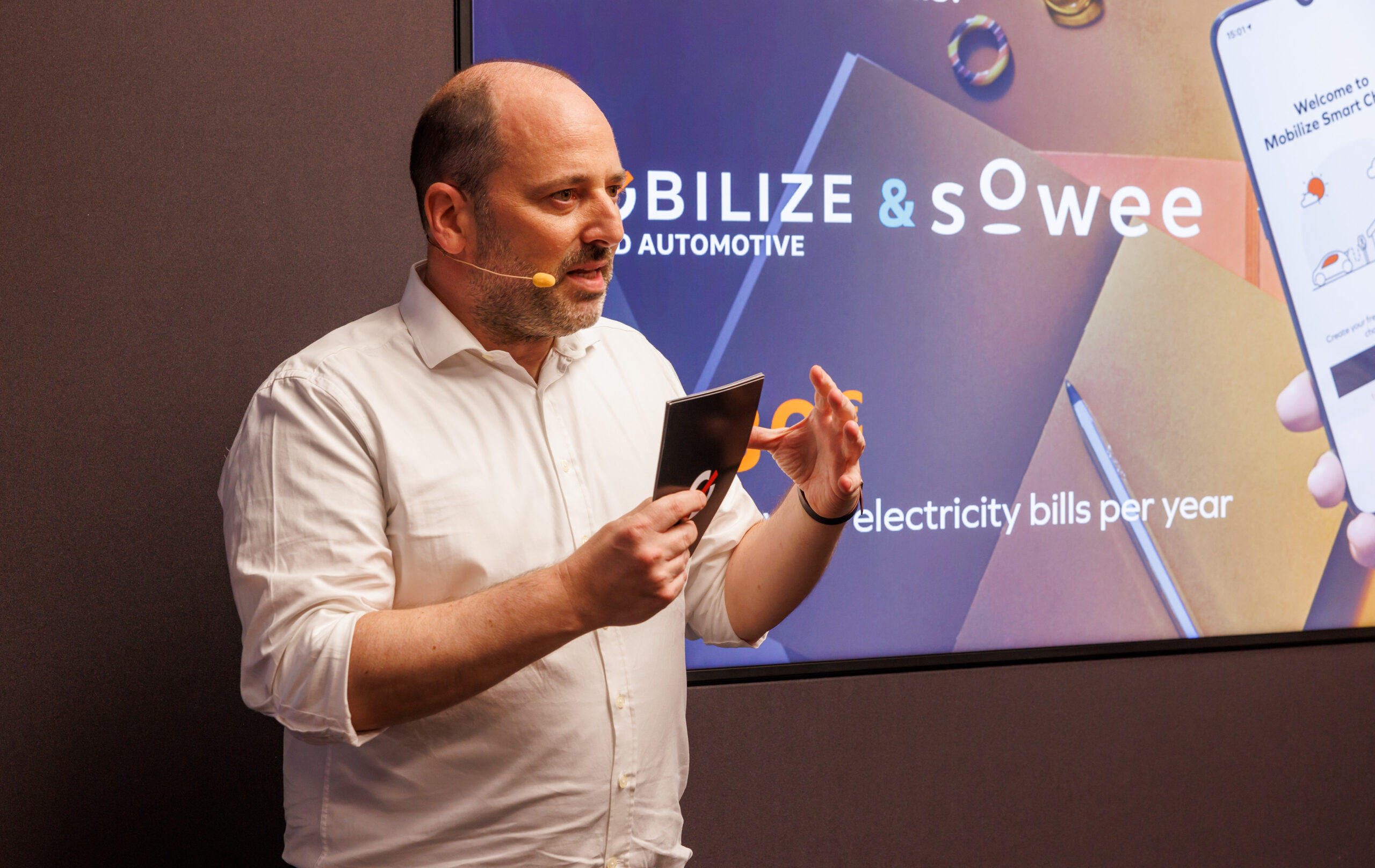
What is Mobilize’s role in the field of energy?
Multiply the current 40 kWh stored by the battery of Zoe E-TECH Electric by a fleet of several thousand electric vehicles: you obtain a significant energy bank that will help stabilise the grid and assimilate renewable energies.
Charging is not only smart, it’s also reversible. Soon, with bi-directional charging, the car will be an integral part of the power grid. It will store renewable energies surpluses, and send it back into the grid when consumers need it most. The vehicle-to-grid (V2G) principle is key to rolling out electric vehicles on a large scale and at reduced costs.
Several Zoe prototypes with this V2G technology onboard have been in circulation in Utrecht, the Netherlands. They can transform direct current (DC) from the battery into alternating current (AC) to be used by the grid. All our customers will soon be able to benefit from this, as we will launch V2G on new Renault Group electrified models from 2024.
What are the challenges that need to be met in order to boost the interaction between the electric vehicle and the power grid?
Connectivity is the first step. With our smart charge smartphone apps, we have chosen to make our cars connected, without having to depend on the station connection.
But besides the technical aspects, the bigger challenge lies in how we work. At Mobilize, we go beyond automotive, because the stakes behind the electric vehicle pertain to multiple areas: mobility, energy, data, locality, accommodation, etc. Innovation has to go through collaboration. We bring different stakeholders together even when they are not used to working together.
This includes large companies as well as startups, network providers, electricity suppliers, data specialists, and of course public decision-makers, on different scales. For example, we are currently working on the issues behind interoperability and network integration, and we’re participating in the discussions around next-generation regulations. The electric vehicle, with its smart charging, especially reversible, has a real place in the energy market!
A good relationship between all of the value chain’s players is paramount, and the interest of the customer must be kept at the centre of all discussions. In short, the adventure is only just beginning.
Copyrights: Halfpoint, Renault Group
